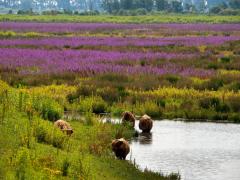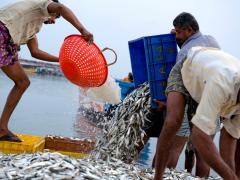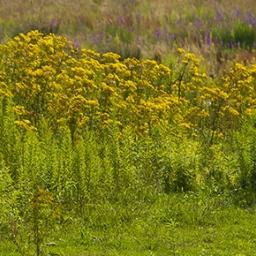Pathways for agriculture and forestry to contribute to terrestrial biodiversity conservation: a global scenario-study
While there has been an increase in the societal responses to biodiversity loss, in most cases this will not be sufficient to achieve the biodiversity targets by 2020, let alone to realise the long-term vision of the Convention on Biological Diversity (CBD). Different pathways for agriculture and forestry may halve the biodiversity loss in the coming decades, compared to the trend scenario. This conclusion is presented in an article in Biological Conservation, based on PBL-research for the Global Biodiversity Outlook GBO4.
Economic sectors exert pressures on biodiversity
Analyses have shown that the fate of the world’s biodiversity will largely be shaped by activities in the agriculture, fisheries, extraction industries, energy production, water management, and forestry sectors. These sectors exert direct pressures on biodiversity such as land use change, pollution and climate change. If current trends continue, the global demand for food, wood, water and energy is projected to increase 1.5-2 fold by 2050 as compared to 2010 as a consequence of the expected rise in global population and increasing wealth.
Pathways to reduce biodiversity loss
This paper evaluates the impacts on biodiversity of different response strategies (pathways) in the agriculture and forestry sectors, all of which aim at achieving similar outcomes for a range of sustainability objectives by 2050. Different combinations of bio-physical measures, ecosystem management changes and behavioural changes can substantially reduce global biodiversity loss in the coming decades (avoided Mean Species Abundance (MSA) loss is 4.4-4.8% MSA, compared to 9.5% MSA loss in the Trend), although the types of biodiversity conserved in the pathways will be different.
Until 2010, the agricultural and forestry sectors together have caused almost 60% of the global biodiversity loss in MSA terms and will cause 55% of the expected loss up to 2050. Increased productivity by technological improvements, increased use of ecological methods in agriculture and forestry, and consumption changes can help to avoid biodiversity loss by 3.1-3.5% MSA. In addition, combinations of pathways, taking into account specific regional contexts, might result in even larger reduction of biodiversity loss. The changes needed in the agricultural and forestry sector to achieve this go well beyond current efforts to reduce their impact on biodiversity.
This paper is based on analysis performed in support of the Global Biodiversity Outlook-4 of the CBD and published as CBD Technical Series 79.
See also:
Authors
Specifications
- Publication title
- Pathways for agriculture and forestry to contribute to terrestrial biodiversity conservation: a global scenario-study
- Publication date
- 20 March 2018
- Publication type
- Publicatie
- Magazine
- Biological Conservation, Volume 221, May 2018 pages 137-150
- Product number
- 3256




